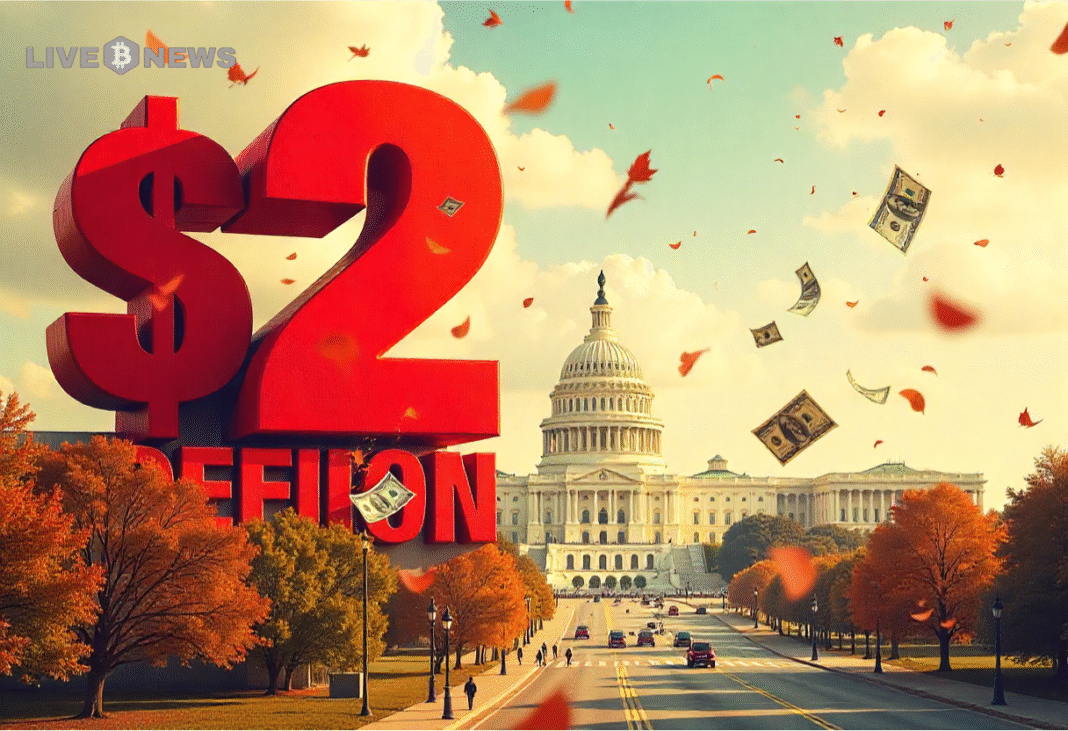Health and Human Services Secretary Robert F. Kennedy Jr.’s hand-picked vaccine panel on Friday postponed a vote on whether to delay the first dose of the hepatitis B shot from birth to at least one month for most babies born in the U.S.
The decision means that the committee’s current recommendation – that all infants receive a hepatitis B vaccine within 24 hours of birth – will stay in place until the group meets again at a later date. It’s unclear when the panel, called the Advisory Committee on Immunization Practices, or ACIP, will convene again to discuss the hepatitis B shot.
ACIP was considering whether to delay the first dose of the vaccine until at least one month of age for babies of women who test negative for hepatitis B. That would change a safe and highly effective birth dose recommendation that was introduced in 1991 and is credited with virtually eliminating the disease in young kids.
Some advisors defended the birth dose recommendation during the meeting, saying that delaying it could introduce potential risks to babies, including more infections. But others, particularly those who are known vaccine critics, cast doubt on the safety of administering the vaccine to babies so soon.
Dr. Robert Malone, who gained notoriety for promoting Covid misinformation, brought the motion to postpone the vote.
“I believe that there’s enough ambiguity here and enough remaining discussion about safety, effectiveness and timing that I believe that a vote today would be premature,” Malone said.
All 12 members supported the motion. Dr. Cody Meissner, a professor of pediatrics at the Dartmouth Geisel School of Medicine, said, “I don’t think there’s any question whatsoever that the benefit [of the birth dose] far outweighs any adverse side effects.”
The postponed vote only affects the timing of the first dose of the hepatitis B vaccine series. The second would still be given one-to-two months after birth, with a third dose between six and 18 months of age.
Also on Friday, the group voted to recommend hepatitis B testing for all pregnant women. The Centers for Disease Control and Prevention, whose most recent director was ousted by the Trump administration, has to sign off on the committee’s new and future recommendations.
The panel’s closely watched two-day meeting in Atlanta comes after Kennedy gutted the committee and appointed 12 new members, including some well-known vaccine critics. ACIP sets recommendations on who should receive certain shots and which vaccines insurers must cover at no cost, raising concerns among health experts that Kennedy’s reshaped panel could curb access to safe and effective immunizations.
The hepatitis B shot has been a life-saving public health intervention against the disease, which can lead to severe health problems, including liver cancer and failure, and death. Acute hepatitis B infections reported among children and teens dropped by 99% between 1990 and 2019, some studies said. The American Academy of Pediatrics says that the so-called birth dose is critical to reduce chronic hepatitis B later in life.
On Thursday, advisors and other scientific experts clashed over the safety of the birth dose.
“I believe that this vaccine is absolutely critical for babies that are treated,” said member Retsef Levi, who has been vocal about his opposition to RNA vaccines. “But this notion that we sit here with very lousy evidence and argue there is no problem whatsoever [with administering the shot at birth] is not building trust, and it’s not scientific and it’s not what the public here should expect from us.”
But Meissner said that changing the recommendation will “increase the risk of harm based on no evidence of benefit.” He said there will be fewer children who get the full hepatitis B vaccine series, adding that administering the shot at birth in the hospital ensures that babies at least receive their first dose.
“As people have asked, why would we pick one month? Why two? There’s no evidence that it’s safer at a later time,” Meissner said. “It’s an extremely safe vaccine, a very pure vaccine. So I think we will be creating new doubts in the minds of the public that are not justified.”
Ahead of the vote, the American Medical Association strongly urged the panel to keep the birth dose recommendation in place. Other experts outside of the panel also expressed concern about changing the guidance.
“I have not seen any data that says that there is benefit to the infant of waiting a month but there are a number of potential harms to the incident of waiting a month,” said Dr. Adam Langer, a CDC epidemiologist who gave a presentation on the hepatitis B birth dose, ahead of the vote.
During his presentation, Langer said, “the sooner that the hepatitis B vaccine is provided after birth, the greater its effectiveness in preventing perinatal transmission.” That refers to when an infant becomes infected from its mother during birth.
Merck, which manufactures one of the vaccines used starting at birth, pushed back on the proposed recommendation ahead of the panel’s official vote on Thursday.
“The reconsideration of the newborn Hepatitis B vaccination on the established schedule poses a grave risk to the health of children and to the public, which could lead to a resurgence of preventable infectious diseases,” Dr. Richard Haupt, Merck’s head of global medical and scientific affairs for vaccines and infectious diseases, said during the meeting.
GSK manufactures another hepatitis B shot starting at birth.
Source: https://www.cnbc.com/2025/09/19/rfk-jrs-vaccine-panel-postpones-vote-on-hepatitis-b-shot-for-babies.html


